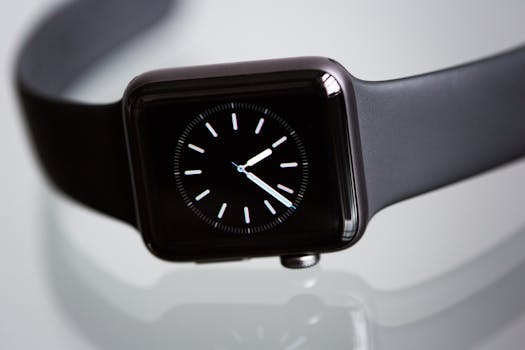
The Evolution of Wristwatches Through the Decades: A Journey of Style and Functionality
The evolution of wristwatches has been a long and fascinating one, spanning centuries and incorporating numerous technological advancements, stylistic changes, and cultural influences. From their origins as pocket watches to the modern smartwatches, wristwatches have become an integral part of our daily lives, serving not only as time-telling devices but also as fashion statements and symbols of personal style.
Early Beginnings: Pocket Watches and the First Wristwatches

The concept of wristwatches dates back to the 16th century, when pocket watches were the primary time-telling device. It wasn’t until the late 19th and early 20th centuries that the first wristwatches began to emerge, initially as a novelty item for women and later as a practical tool for men, particularly during World War I. These early wristwatches were often cumbersome, with large cases and straps that were not very comfortable to wear.
The Golden Age of Wristwatches: The 1950s and 1960s

The post-war period, particularly the 1950s and 1960s, is often referred to as the Golden Age of Wristwatches. During this time, watchmaking underwent a significant transformation, with the introduction of new materials, technologies, and designs. Brands like Rolex, Omega, and Patek Philippe became synonymous with quality and style, producing iconic timepieces that are still coveted by collectors today. This era also saw the rise of divers’ watches, pilot’s watches, and other specialized timepieces designed for specific professions or activities.
Quartz Crisis and the Resurgence of Mechanical Watches
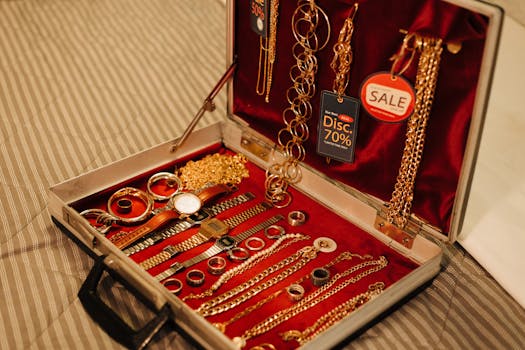
The 1970s and 1980s saw the introduction of quartz watches, which were more accurate and affordable than their mechanical counterparts. This led to a decline in the popularity of mechanical watches, with many traditional watchmakers facing significant challenges. However, in the 1990s and 2000s, there was a resurgence of interest in mechanical watches, driven in part by the desire for unique, high-quality timepieces that combined traditional craftsmanship with modern technology.
Modern Wristwatches: Smartwatches and the Future of Timekeeping
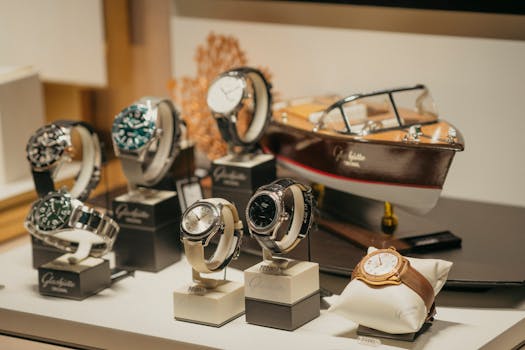
Takeaways
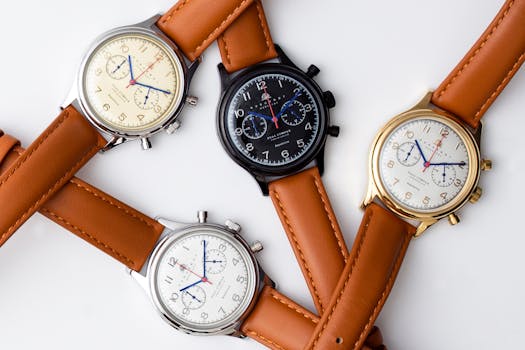
- The evolution of wristwatches reflects significant technological, stylistic, and cultural changes over the decades.
- From pocket watches to smartwatches, the wristwatch has become an integral part of our daily lives, serving both practical and fashionable purposes.
- The Golden Age of Wristwatches, spanning the 1950s and 1960s, laid the foundation for the modern watch industry, with brands like Rolex, Omega, and Patek Philippe producing iconic timepieces.
- The quartz crisis led to a decline in mechanical watches but also spurred innovation, resulting in the resurgence of interest in high-quality, unique timepieces.
- Today, the wristwatch industry is characterized by diversity, with smartwatches, mechanical watches, and fashion watches catering to different preferences and needs.
Conclusion
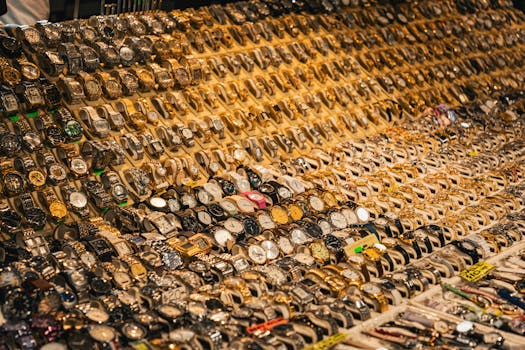
The evolution of wristwatches through the decades is a testament to human innovation, style, and the desire for precision timekeeping. From their humble beginnings as pocket watches to the sleek, high-tech timepieces of today, wristwatches have become an indispensable part of our lives, reflecting our personalities, professions, and passions. As technology continues to advance and styles evolve, the wristwatch will undoubtedly remain a symbol of elegance, sophistication, and functionality, adapting to the needs of each new generation while retaining the timeless appeal that has made it a beloved accessory for centuries.






